In the modern industrial landscape, the efficiency of manufacturing processes is necessary. A crucial factor that significantly influences these processes is the use of power transmission devices. These devices play a key role in transmitting power and motion from one shaft to another. Thereby driving the machinery that forms the backbone of industrial operations. By enhancing the precision and efficiency of transmitting power, these devices contribute to overall industrial productivity and efficiency.
Power transmission devices consist of various mechanical components designed to transmit motion and power in various forms. They are essential in converting energy into usable mechanical work, enabling the movement and operation of industrial machines. Some common power transmission devices include gear trains, chains, and belts, each with their drive mechanisms like chain drives and belt drives.
Gear trains are a fundamental component of many power transmission systems. They consist of multiple gears working together to transmit motion and power with high precision. The design and configuration of gear trains are crucial in determining the velocity ratio. This represents the ratio between the speed of the driving gear and that of the driven gear. Adjusting the velocity ratio, gear trains optimize machinery speed and torque, improving flexibility and efficiency.
Industries widely use chains and belts in power transmission because of their flexibility. They can handle various loads and speeds. Chain drives and belt drives are two prominent systems that employ these components to transmit motion and power.
Chain drives use a series of linked links (chains) to transmit motion from one shaft to another. They are renowned for their ability to handle heavy loads. This makes them ideal for industrial applications that require high torque transmission. Many industries use chain drives in conveyor systems, lifting equipment, and heavy machinery. One of the key benefits of chain drives is their efficiency in transmitting power over long distances. They do this without significant loss. This characteristic suits them for large-scale industrial setups where machinery needs extensive connections across areas. Additionally, chain drives are relatively easy to maintain, which reduces costs and enhances overall efficiency.
Belt drives, on the other hand, use belts made of flexible materials to transmit motion between pulleys. They commonly use them in applications where smooth operation is essential. They can accommodate misalignments between shafts and absorb shocks, providing a cushioning effect that protects machinery from damage. The efficiency of belt drives lies in their simplicity and ease of installation. They require minimal lubrication and maintenance, which translates to lower operating costs and increased uptime. Belt drives can transmit power over moderate distances. This makes them suitable for a wide range of industrial applications.
While rotary motion is common in many industrial processes, linear motion is equally significant. It finds use in various applications such as material handling, packaging, and precision machining. Power transmission devices play a crucial role in converting rotary motion into linear motion, enhancing industrial machinery's flexibility and functionality. Linear motion systems often use components like lead screws, ball screws, and linear actuators. These components achieve precise and controlled movement. These systems rely on the principles of power transmission to ensure accurate positioning and efficient operation.
In many industrial applications, industries use the combination of chain and gear mechanisms to achieve optimal performance. This synergy leverages the strengths of both components to transmit power and motion. For instance, industries can use a gear train to adjust the velocity ratio and torque. A chain drive can transmit motion over a longer distance. The integration of chain and gear mechanisms offers several benefits. It allows for greater flexibility in designing machinery, enabling engineers to create systems that meet specific practical requirements. Additionally, the combined use of chains and gears can improve the overall efficiency of power transmission. This leads to enhanced productivity and reduced energy consumption.
As industries continue to evolve and embrace new technologies. The industry expects power transmission devices to become even more powerful in their role. Advances in engineering and automation are driving the development of more efficient and reliable transmission devices. Moreover, the integration of smart technologies and sensors into power transmission systems is opening new possibilities for monitoring and optimizing industrial processes. These advancements enable real-time monitoring of transmission devices. This allows for predictive maintenance and reduces the risk of unexpected failures.
Power transmission devices are integral to the efficiency of industrial operations. These devices play an instrumental role in transmitting power and motion from one shaft to another. They achieve this through the precision of gear trains, chain drives' strength, or belt drives' flexibility. They also optimize the velocity ratio, enhance linear motion, and integrate advanced technologies. Power transmission devices contribute significantly to industrial productivity and efficiency. As industries advance, the ongoing development of power transmission devices will play a crucial role. This innovation will shape the future of manufacturing and industrial processes significantly. By leveraging the capabilities of these devices, industries can achieve higher levels of efficiency, reliability, and performance. This drives progress and growth in the competitive global market.
Choosing the right partner for your industrial power transmission needs is crucial for maintaining optimal efficiency and productivity. eINDUSTRIFY stands out as a trusted provider of high-quality power transmission devices. We offer a comprehensive range of solutions tailored to meet the unique requirements of various industries. With a commitment to innovation, reliability, and customer satisfaction, we ensure that your operations run smoothly. Choose wisely for your power transmission needs and collaborate with eINDUSTRIFY today! Make the smart choice for your power transmission needs and partner with eINDUSTRIFY today! Email us at info@eindustrify.com or call +1 888 774 7632 to register for access to a premium global marketplace.
Tags: Power Transmission Devices Transmit Power Transmission Devices Transmit Motion Power Transmission
RECENT POSTS:
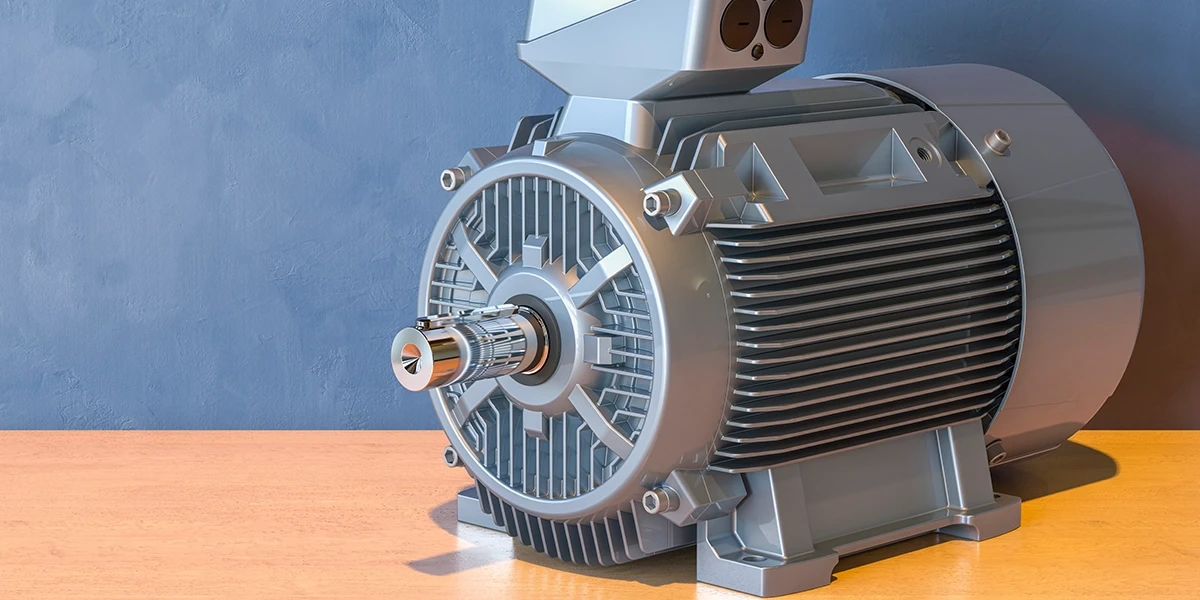
Top DC Motors for Industrial Automation
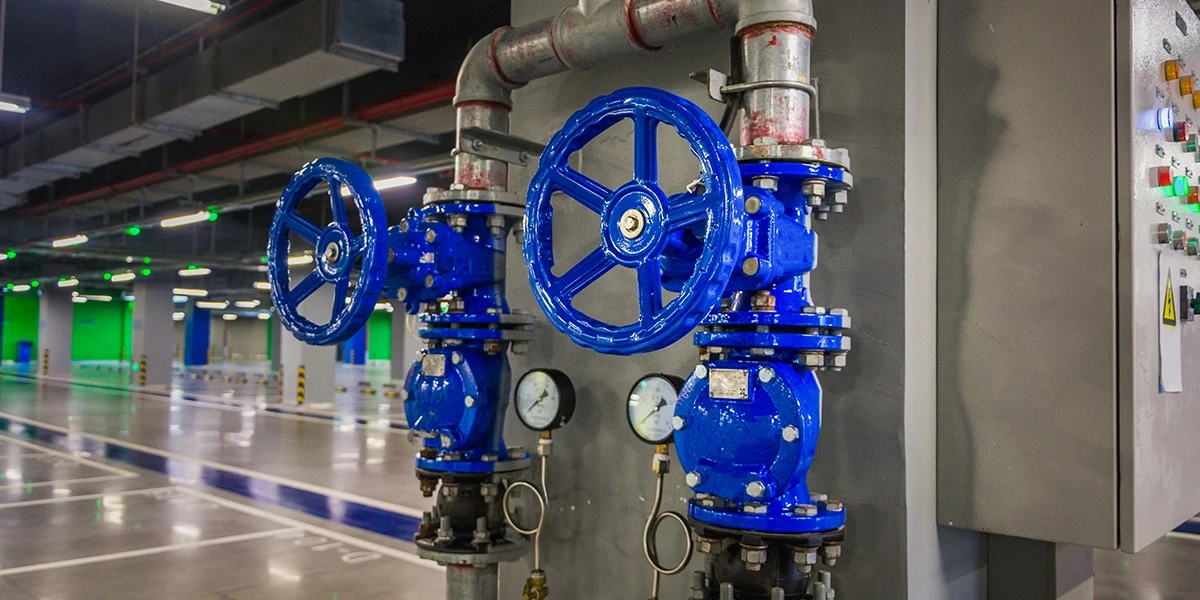
How to Select the Right Control Valves for Your System
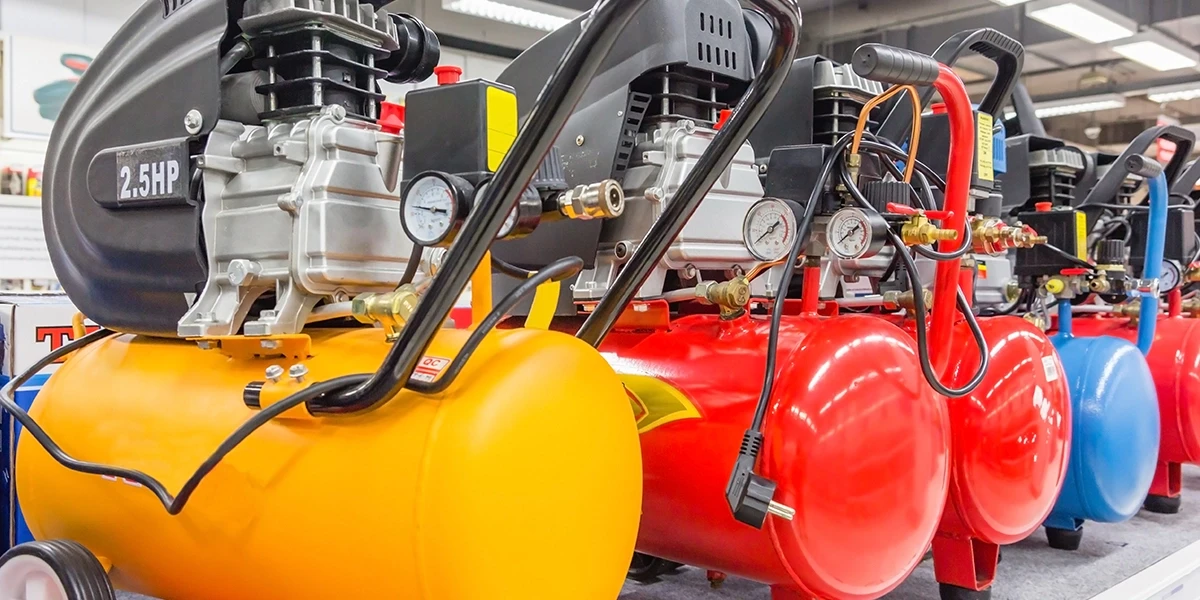
Air Compressors for Sale: Compare Models, Brands, Features

Essential Power Transmission Accessories for Industries

Best Industrial Sensors for Automation

Uses of Industrial Control Equipment
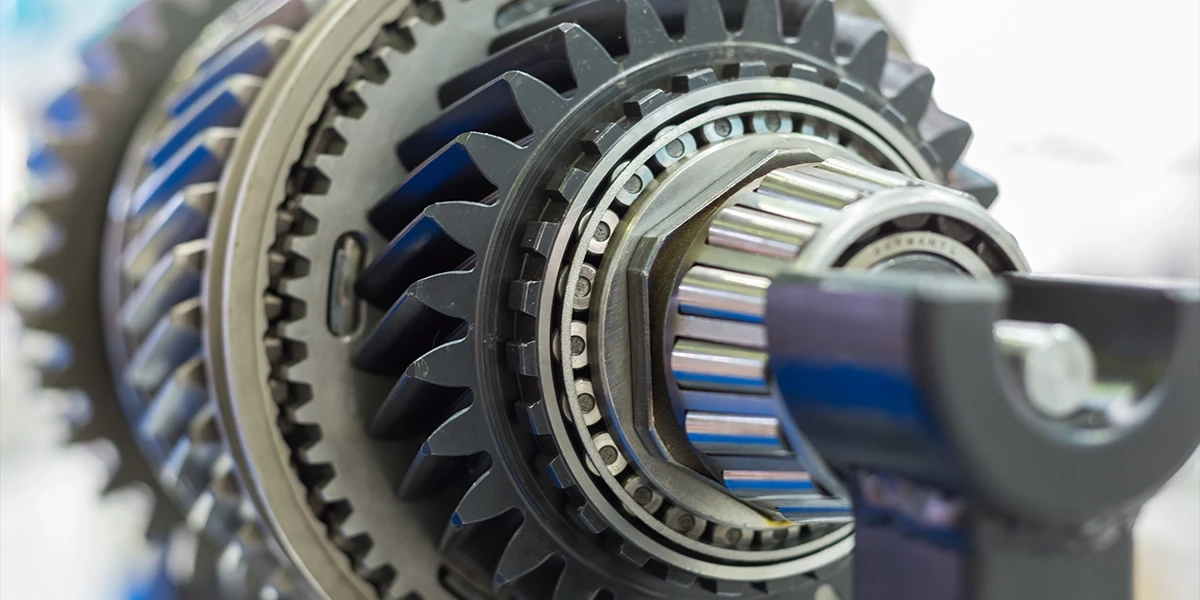
Top Bearings and Power Transmission Solutions
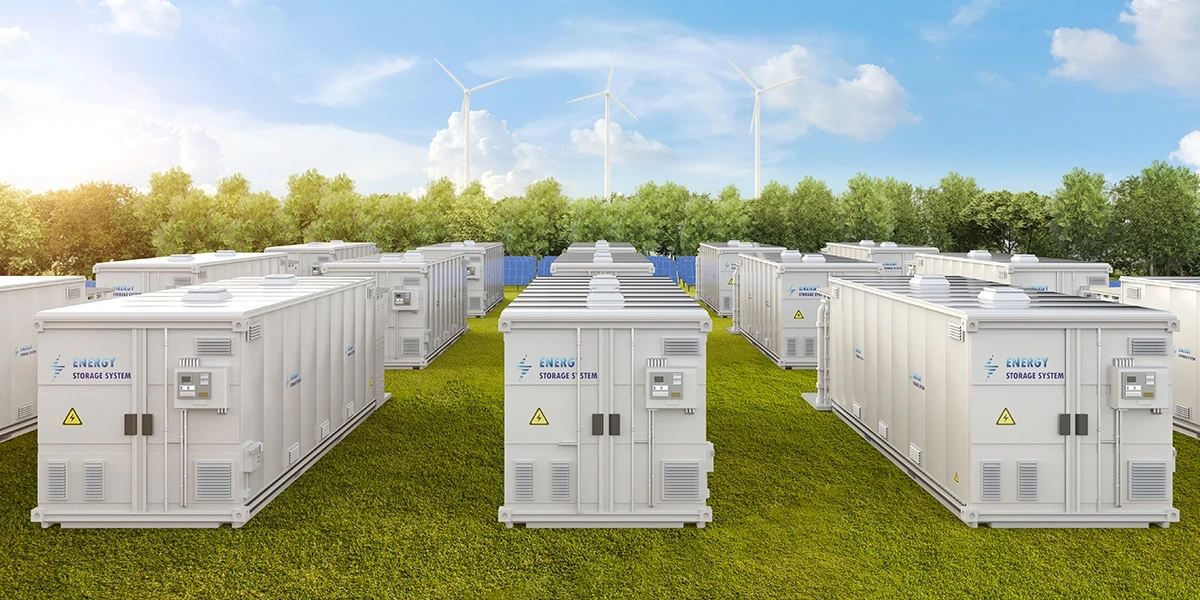
Buy Battery Energy Storage Systems Now